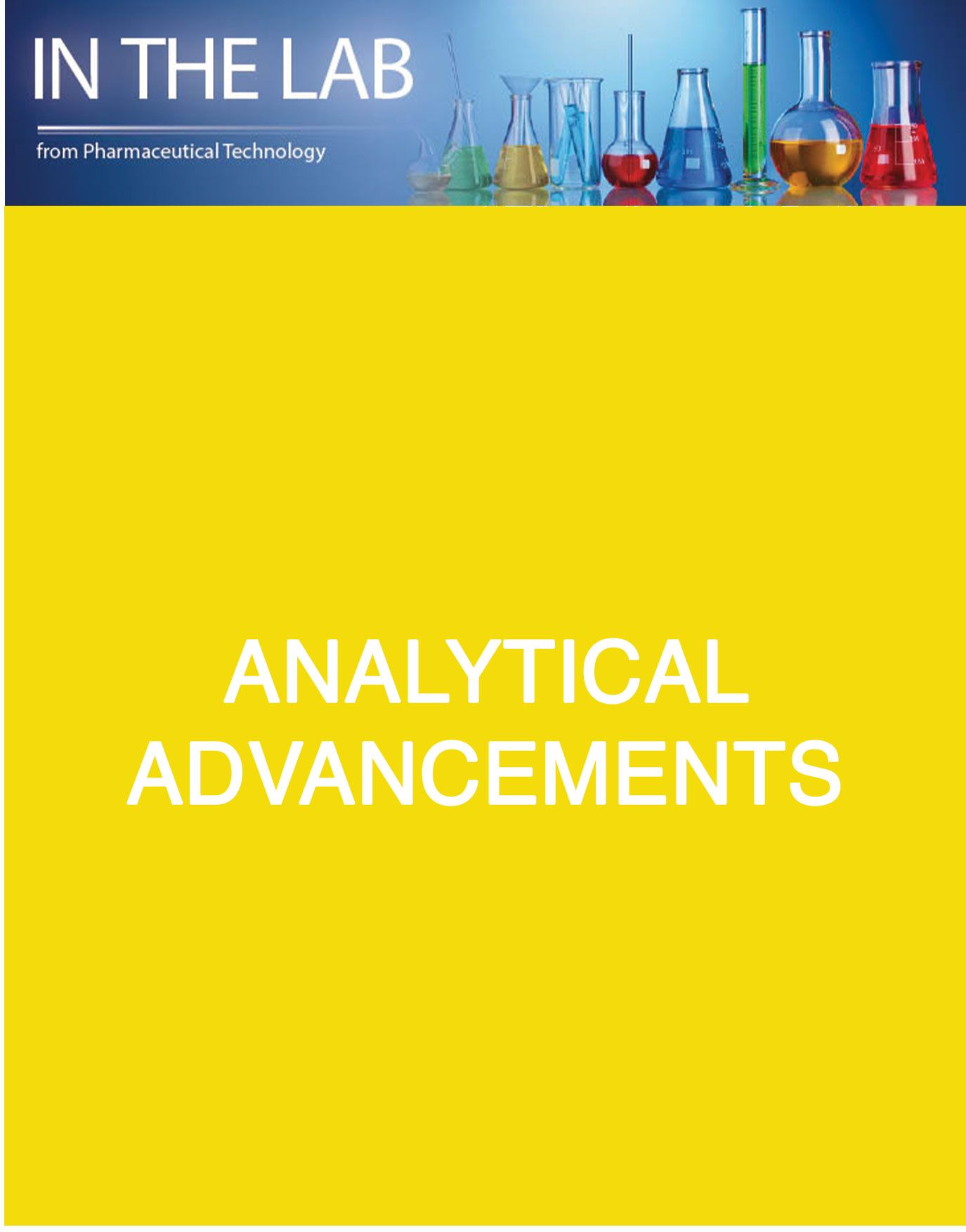University of Waterloo Researchers Announce Sustainable Encapsulation Technology
Researchers at the University of Waterloo have developed a liquid-liquid encapsulation system for use in sustainable encapsulation processes.
The University of Waterloo announced a new encapsulation technology developed by its research department on June 19, 2023. According to the university’s press release, the method is designed for simple, low-cost, and accurate encapsulation of core materials, including pure liquid or liquid containing suspended functional ingredients.
According to the release, the process is called the liquid-liquid encapsulation system. The system introduces a drop of core material through a nozzle, which impacts on a host bath containing a floating shell layer on the surface. When a complex interaction of the core material with the shell layer occurs, it created a stable encapsulation which protects the core material and safeguards it from an aggressive environment; this is intended to enable a timely release of the cargo material to a targeted area.
The current prototype has four injection nozzles designed to deliver up to 200,000 encapsulated cargo in an hour. The research team is currently working with partners and product manufacturers in the Netherlands to integrate the curing stage with the prototype to enable individual capsules extraction of the encapsulated cargo on demand.
“The key to this technology is that everything is in liquid state – the core, the shell, and finally submerged inside a liquid bath. This provides extraordinary flexibility in terms of core shell combinations. At least 15 of these types of combinations have already been demonstrated,” said Sushanta Mitra, executive director, Waterloo Institute for Nanotechnology, and professor of Mechanical & Mechatronics Engineering, University of Waterloo, in the release. "It is ultrafast with each encapsulation taking only 50 milliseconds. This technology is at least 5000 times less energy intensive and it avoids the introduction of any microplastics in the encapsulation process.”
“In the end we strive toward being a sustainable and innovative encapsulation entity that meets the UN sustainable development goals,” said Mitra.
Source: University of Waterloo

Drug Solutions Podcast: A Closer Look at mRNA in Oncology and Vaccines
April 30th 2024In this episode fo the Drug Solutions Podcast, etherna’s vice-president of Technology and Innovation, Stefaan De Koker, discusses the merits and challenges of using mRNA as the foundation for therapeutics in oncology as well as for vaccines.
PacBio Chosen as Tech Partner for Global Alzheimer’s Disease Research Project
April 23rd 2025The project, the North African Dementia Registry, will unite multiple entities for the purpose of developing a comprehensive dataset to advance the research community’s understanding of Alzheimer’s disease and other dementias in diverse populations.
Drug Solutions Podcast: Gliding Through the Ins and Outs of the Pharma Supply Chain
November 14th 2023In this episode of the Drug Solutions podcast, Jill Murphy, former editor, speaks with Bourji Mourad, partnership director at ThermoSafe, about the supply chain in the pharmaceutical industry, specifically related to packaging, pharma air freight, and the pressure on suppliers with post-COVID-19 changes on delivery.